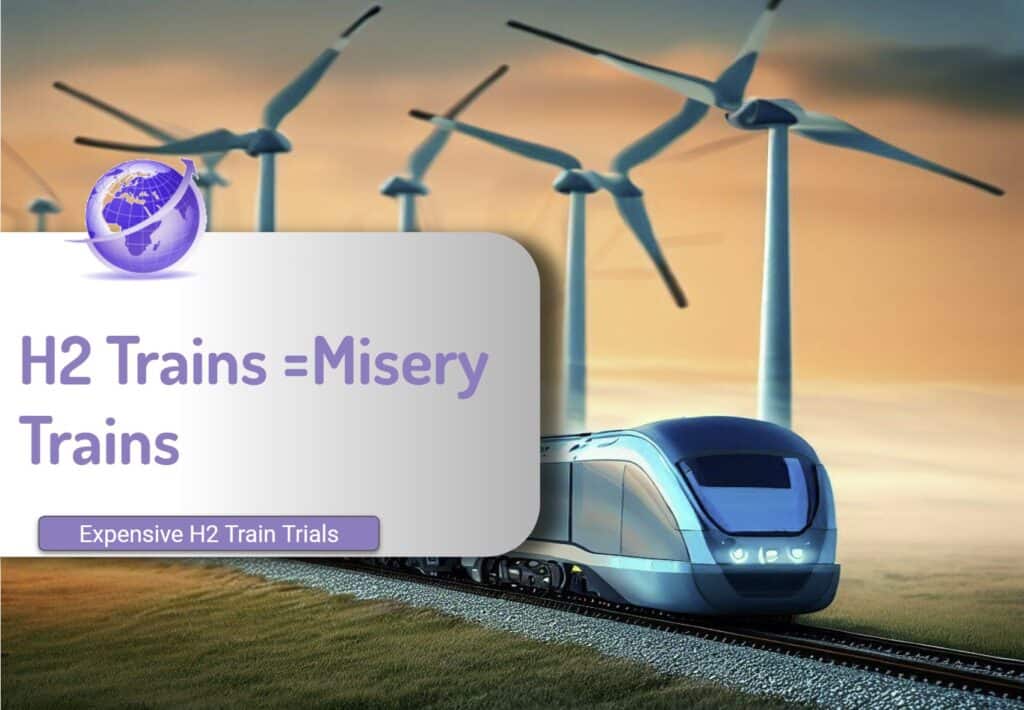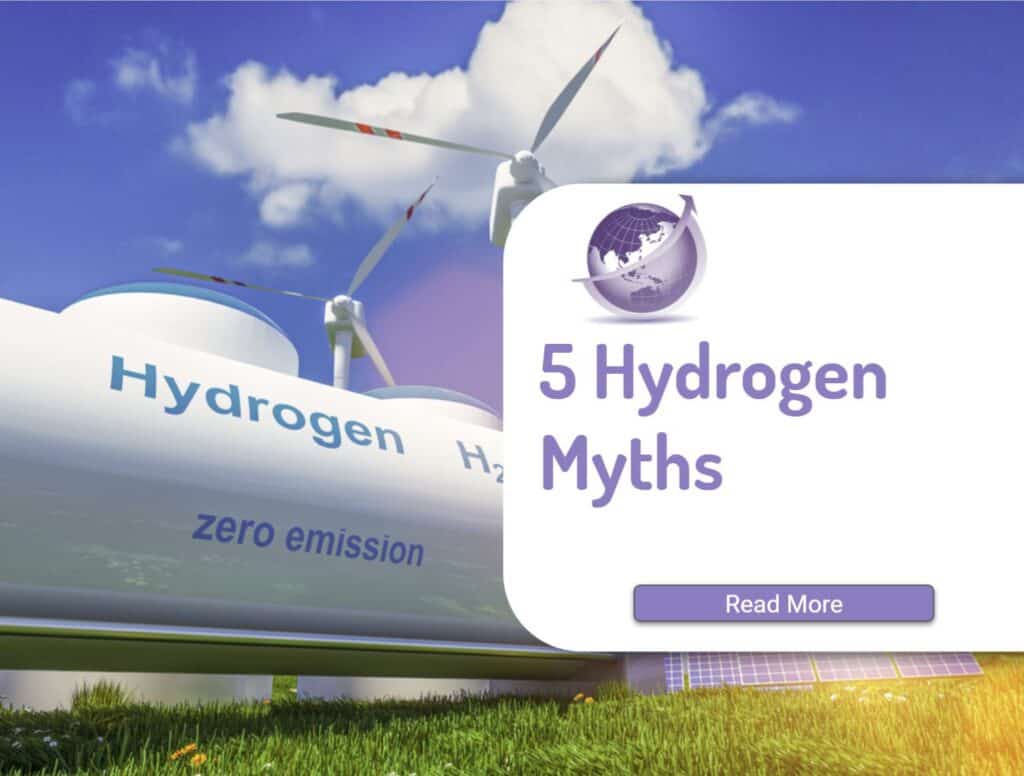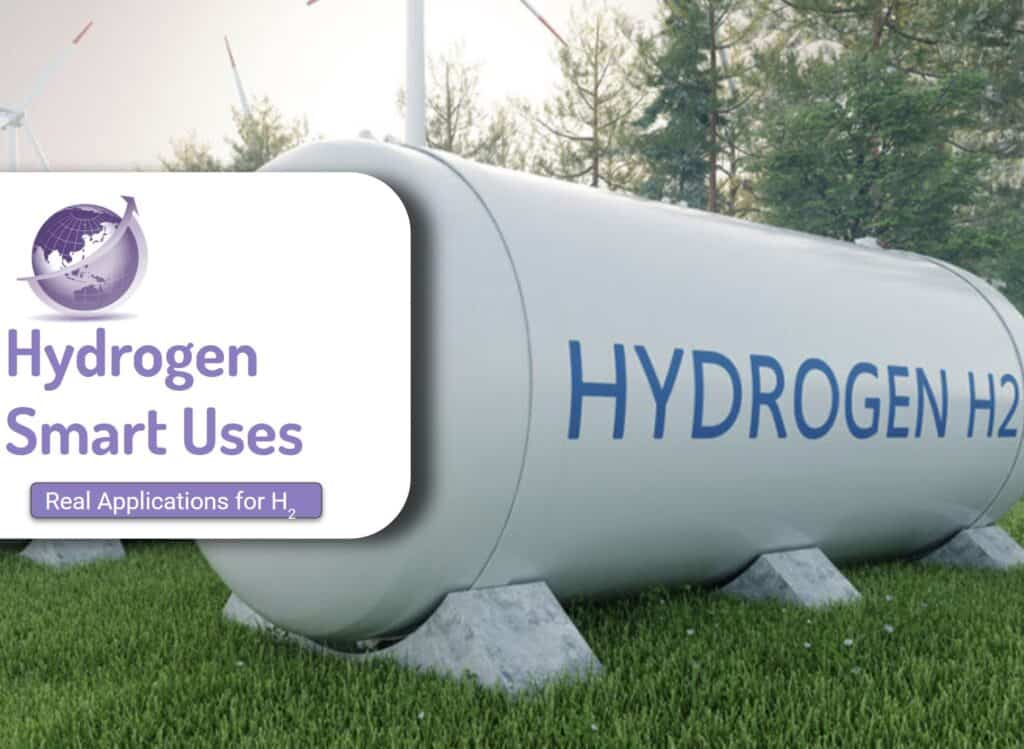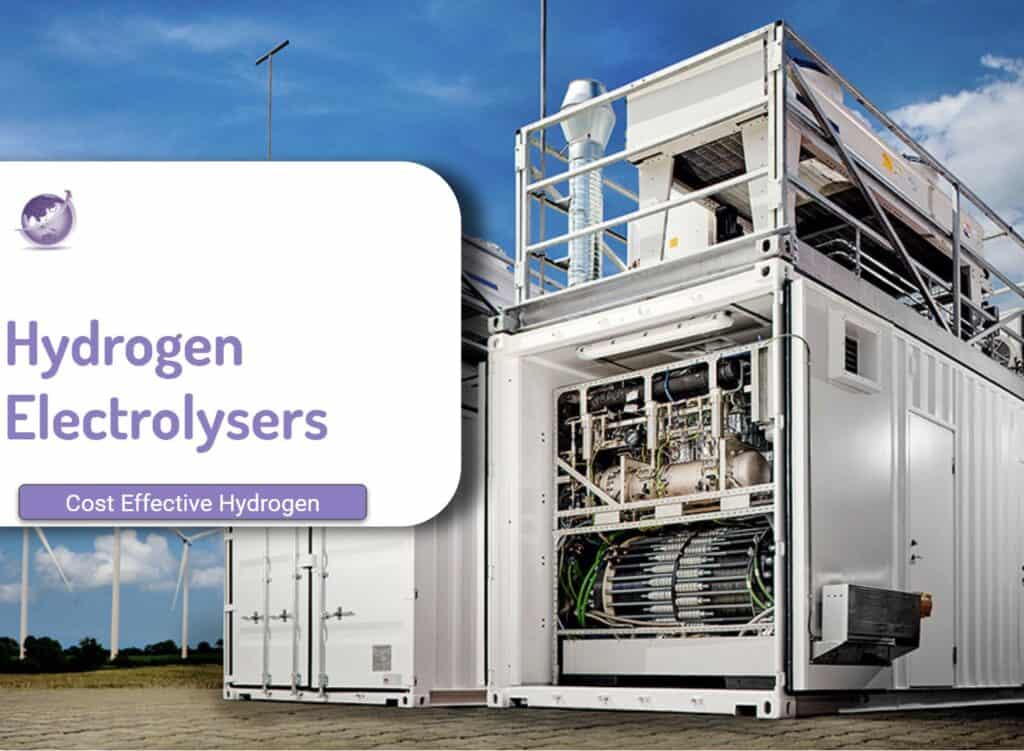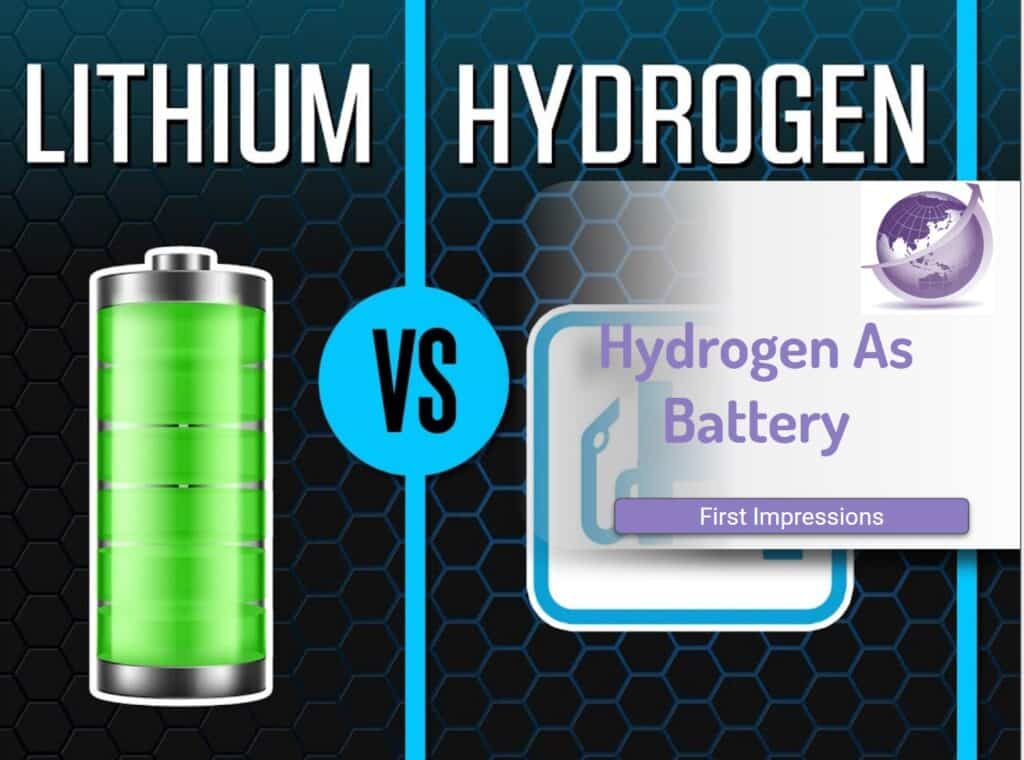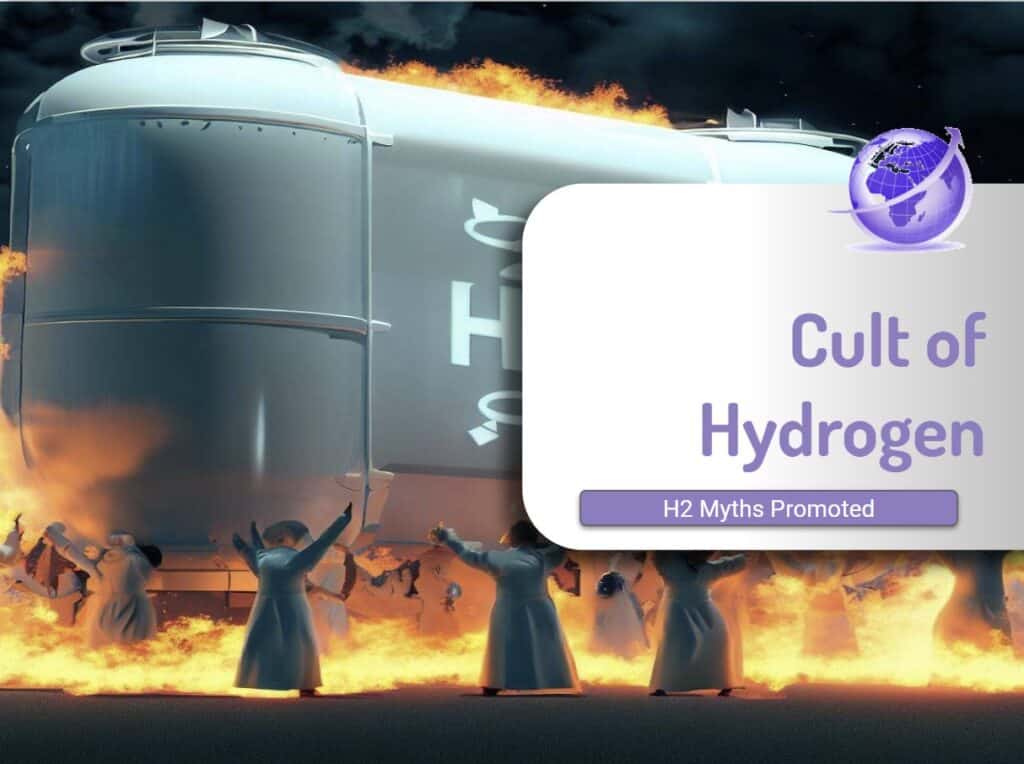Are hydrogen trains uneconomic? It appears so. Does it stop announcements? No. Back in 2018, the German state of Saxony Saxony tested H2 trains and then deployed 14 H2 fuel cell trains (FCEV). With H2 trains 80% more expensive, the rail operator announced it has dropped H2 plans and has changed to electric trains and electrifying overhead wires.
From Saxony to Frankfurt’s “Misery” Trains
The story worsens in Frankfurt. The misery trains were known for their unreliability, staffing issues, delays and passenger disruptions. A new €500m ($530m) fleet of 27 hydrogen trains was scheduled to be in operation on four railway lines to the German city of Frankfurt in Dec 2022 but only 12 trains are currently in use on one line, with the full complement not expected to be ready until September 2023 at the earliest.
The entire project was to showcase hydrogen rail technology and instead became a walking disaster. The irony was that 42km RB15 line or half of the track — from Frankfurt to Friedrichsdorf — is already electrified with overhead power lines, and much of the rest of the route — another 18km from Friedrichsdorf to Usingen — will also be electrified by the end of the year. The H2 trains were for the tunnels without overhead wires. Battery trains, electrified on the existing overhead wires would have been cheaper.
World Record for Distance
A hydrogen-powered train made by Swiss manufacturer Stadler has achieved a Guinness World Record for the longest distance of 2,803 kilometres achieved by a hydrogen fuel cell electric multiple unit passenger train without refuelling or recharging. (The Driven) in a test.
Electrifying Trains Globally

Costs drive Hydrogen Trains Uneconomic
Hydrogen transportation is essentially dead (10 reasons by H2 is dead). The justification for H2 include:
- Rapid filling
- Range – up to 1000km
- Emissions free
These advantages are no longer relevant. Improvements in battery technology, existing overhead wires or charging points at destination stations along with plugin charging points at stations along the way.
- Electric train’s range is improving with improvements and better batteries. A simple solution such as pulling a battery carriage is very cost-effective.
- Zero emissions from H2 demand green hydrogen. The cost of green H2 exceeds $10kg, and though costs will decrease rapidly, price parity is unlikely for a decade, whereas green power from renewable energy is now the cheapest electricity.
- Hydrogen needs extensive new infrastructure – generation, storage, transport and filling stations
- H2 trains have an electric motor, driven by a small battery, and charged by the fuel cell. A FCEV cannot produce high torque.
- The complexity of a FCEV requires more servicing
From H2 Pilot Trial to Deployment to Electric
LNVG, which is owned by the government of Lower Saxony, started investing in H2 trains from 2018. The budget was €93m ($85m) for 14 hydrogen fuel-cell trains, which began operating in August 2022.
Siemens and Alstron made a great deal of this H2 train purchase. The project first benefitted from the support of the German Ministry of Economy and Mobility and the development of the Coradia iLint™ was funded by the German government as part of the National Innovation Program for Hydrogen and Fuel Cell Technology (NIP).
Announced in 2023, State-owned LNVG has now gone out to contract to buy 102 battery trains and 27 catenary-connected models and phase out diesel trains. The reason. H2 trains cost 80% more.

Hydrogen Trains Globally
Multiple train operators have announced H2 trains but they are mostly trial or pilots.
Railways today consume close to 2% of transport final energy use, a modest share relative to road, maritime and air transport, especially since rail constitutes a much higher share of transport activity (8% of total passenger-kilometres and 7% of total tonne-kilometres).
Most rail networks today are located in India, the People’s Republic of China, Japan, Europe,
North America and the Russian Federation, while metro and light rail networks operate in
most of the world’s major cities. About 90% of global passenger movements on conventional
rail take place in these countries / regions. China leads for fast trains.
- India = 39%,
- PRC / China =27%
- Japan = 11%
- EU = 9%
| Country | Railway | No Trains | Status | Notes |
| Germany | Saxony | 14 | running | New trains electric |
| Germany | Frankfurt | 27 | deployment | Misery trains |
| Malaysia | Kuching | 0 | On hold | |
| France | North west | 15 | in deployment | |
| Japan | East Japan | 1 | by 2024 | 2 car trial by Toyota |
| USA, California | Arrow Train | |||
| France | south west | 14 | in procurement | |
| USA Amtrack | California | 4+25 | On order | |
| England | Chester to Liverpool | 2 | Announced | |
| India | various himalayan | 35 | Announced $335m | 7 heritage narrow guage |
| Canada | Charlevoix railway | 1 | Trial 5 months | Trial only |
| China | 1 | 4 car unit | Urban | |
| Austria | Zillertal Railway | 5 | 5 trains by 2022 €75m changed to electric | Proposed H2 trains scrapped |
| Italy | Lombardy regiona | 6 | With options £143M | Urban |
| Total | 106 +25 |
|---|
Trains and Train tracks
The number of trains is not known – hundreds of thousands. From urban rail to long distance rail, freight and fossil fuel, minerals mining. The UK has some 24,000 passenger trains. For a review of rail, check out IEA report. For a list of all train tracks etc Wikipedia. Note that with the reduction in coal, gas and oil, the number of trains in fossil fuel-based economies will drop substantially.

- Rail transport today accounts for close to 2% of final transport energy use, a modest share
compared with rail’s share of transport activity. Electric trains [7]- 75% of passenger rail transport
- 50% of freight
- Uses around 290 TWh of electricity every year (25 Mtoe).
- Diesel-powered trains account for the remainder of final energy use (0.6 mb/d, or 28 Mtoe a year).
- Electric and diesel trains together give rise to around 3% of all well-to-wheel greenhouse gas emissions from the transport sector
Urban Rail and Light Rail Growing
H2 will not play a part in urban rail systems. These already are electrified and introducing H2 adds to complexity and offers no advantages.
- 94 cities with metro systems with 32,000 km of track
- 221 cities had light rail systems, and 21,000 km of track.
- Since 2010, new metro systems have opened in 43 cities, mostly Asia (32)
- Cities have expanded metros by 4,800 km from 2000 when total length was 11,300 km
- New lines and extensions are expected to open in many countries, including the first lines to be built in sub-Saharan Africa (in Abidjan, Abuja and Lagos.

45% of Freight is Fossil Fuel

References
- No more hydrogen trains https://www.hydrogeninsight.com/transport/no-more-hydrogen-trains-rail-company-that-launched-worlds-first-h2-line-last-year-opts-for-all-electric-future/2-1-1495801
- Alstrom Media https://www.alstom.com/solutions/rolling-stock/alstom-coradia-ilint-worlds-1st-hydrogen-powered-passenger-train
- Alstrom Coradia PR https://www.mobility.siemens.com/global/en/portfolio/rail/rolling-stock/commuter-and-regional-trains/mireo/mireo-plus-h.html?
- Misery Trains https://www.hydrogeninsight.com/transport/the-misery-line-world-s-largest-hydrogen-train-fleet-still-not-fully-operational-six-months-after-service-began/2-1-1462885
- Indian Railways will spend $335m on 35 new hydrogen trains — making it the world’s biggest H2 rail operator https://www.hydrogeninsight.com/transport/indian-railways-will-spend-335m-on-35-new-hydrogen-trains-making-it-the-world-s-biggest-h2-rail-operator/2-1-1399643
- Hydrail https://en.wikipedia.org/wiki/Hydrail
- IEA future of rail. https://www.iea.org/reports/the-future-of-rail
- Canada https://www.hydrogeninsight.com/production/canada-s-largest-province-rejects-9gw-of-green-hydrogen-proposals-but-announces-h2-train-trial/2-1-1398828

